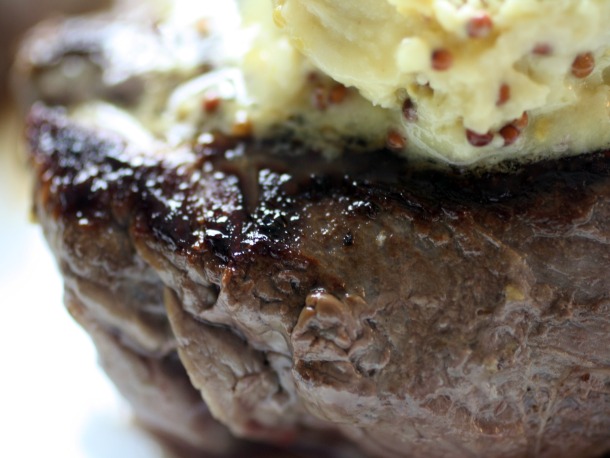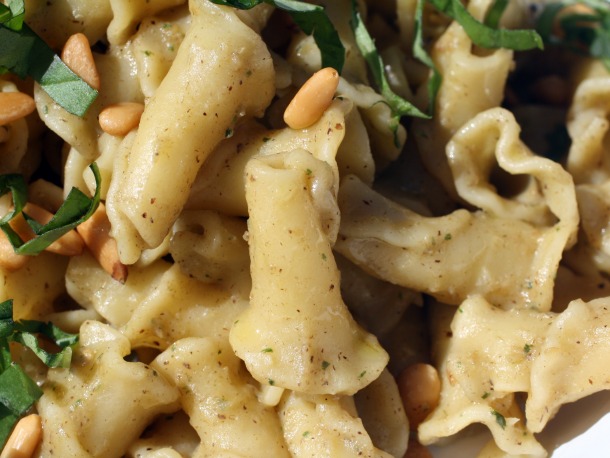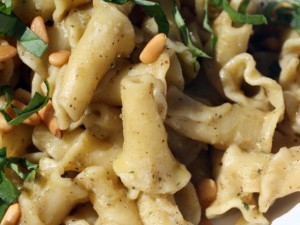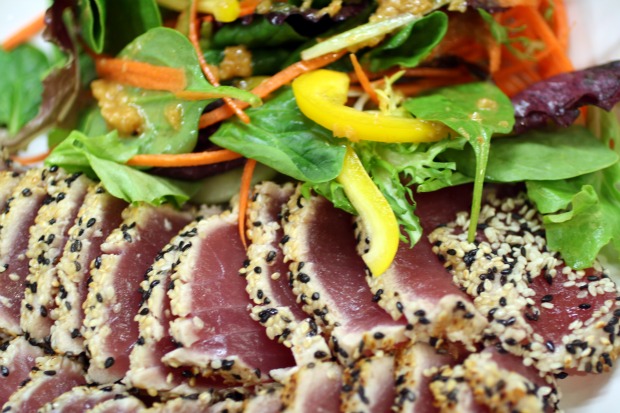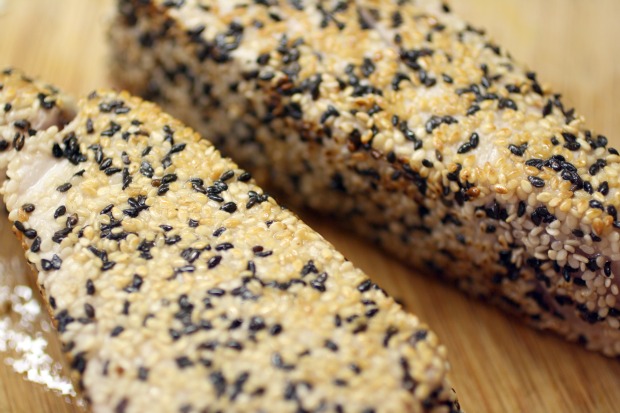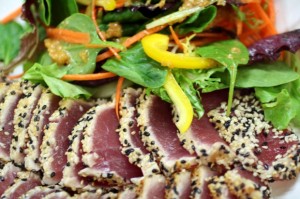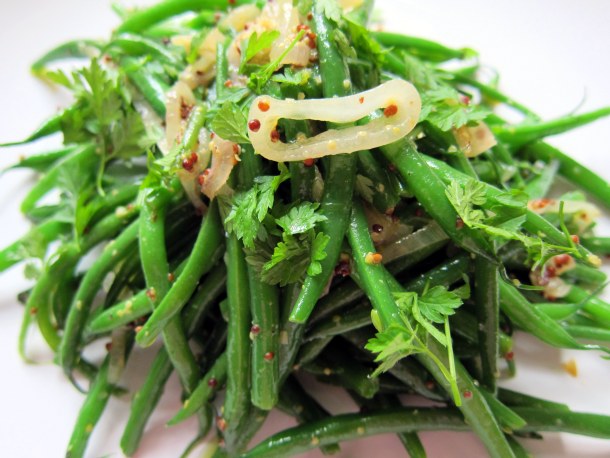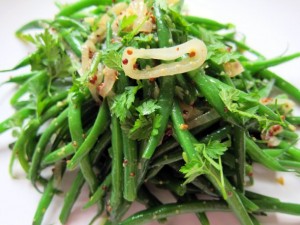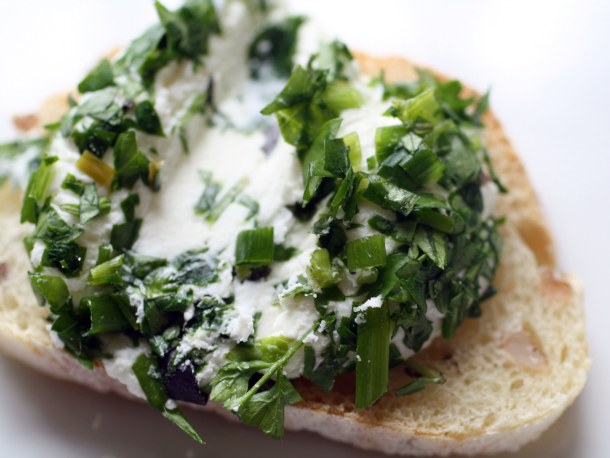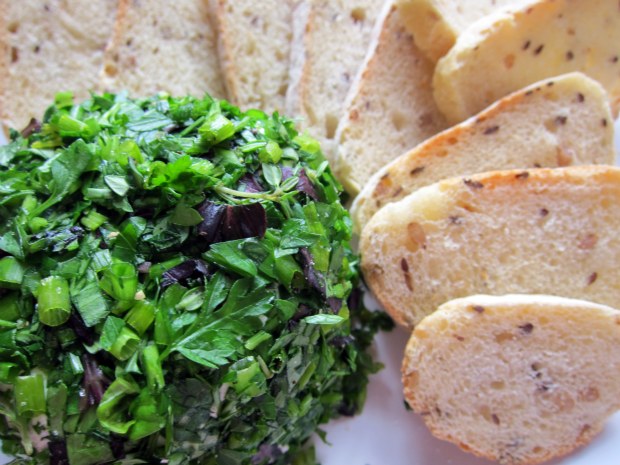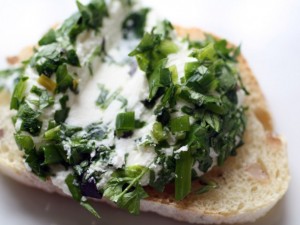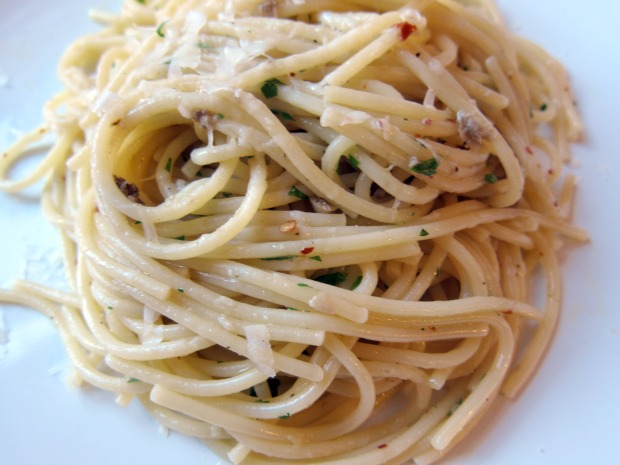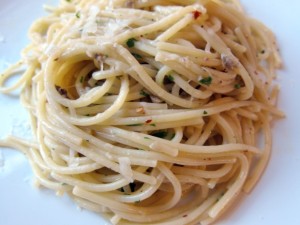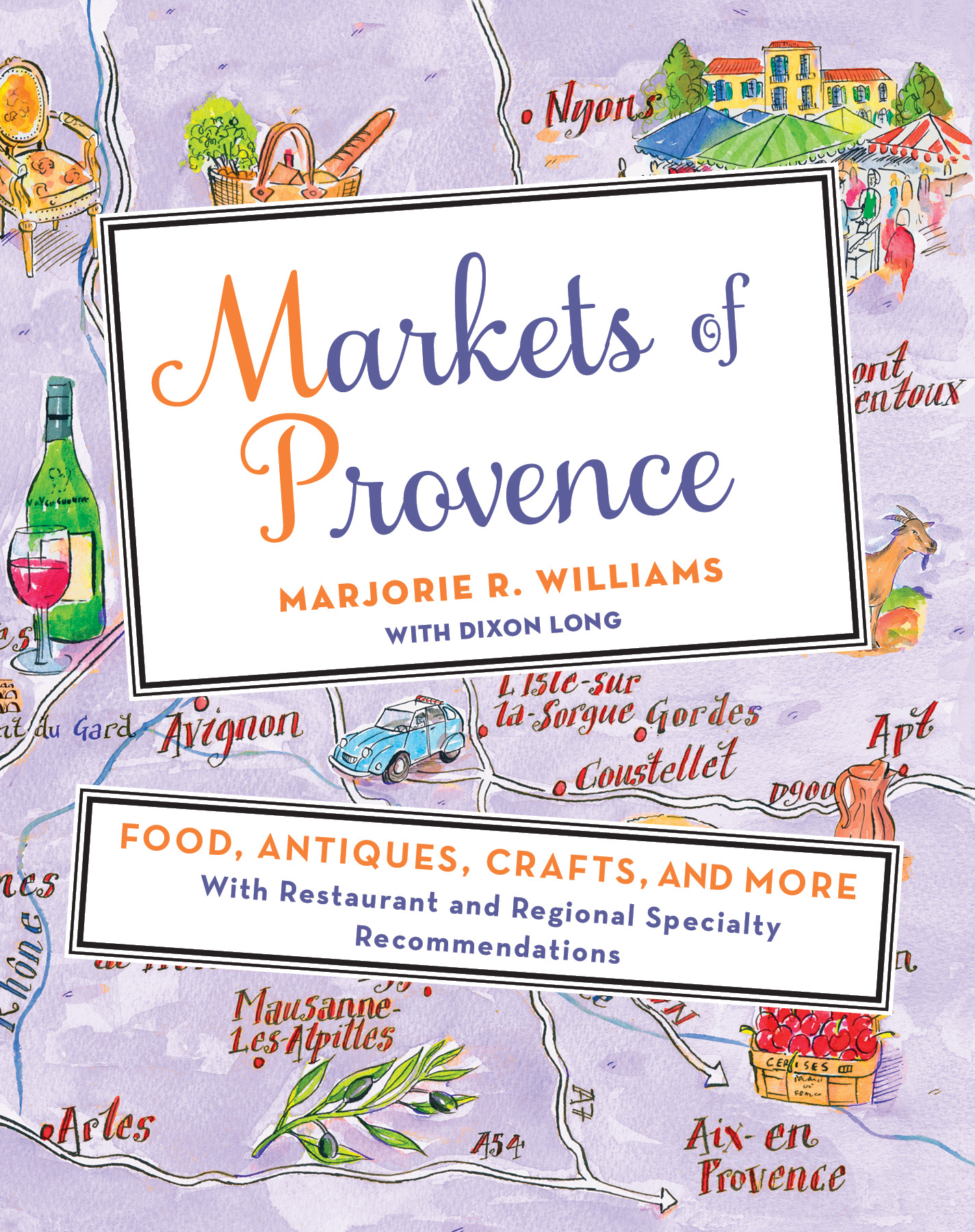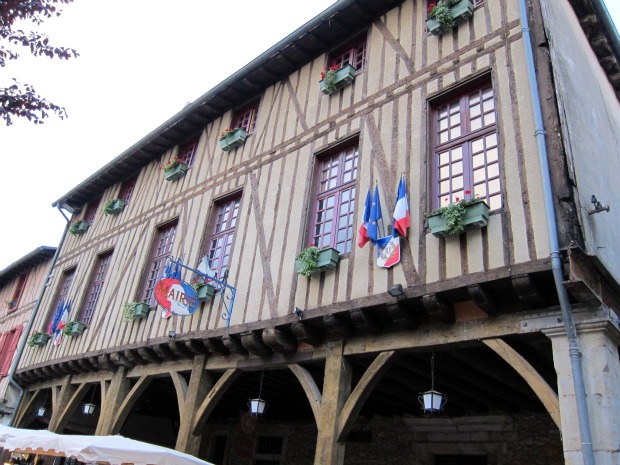
The Mirepoix Town Hall
I loved the little town of Mirepoix, even though I guess, strictly speaking, it doesn’t have the grandiosity of Monte Carlo, or Cannes, or St. Tropez. The breathtaking, terrible beauty of the Provençal perched villages of Les Baux, or Eze. Or the charm of the little fishing villages like Cassis. What I found in the Midi-Pyrenées region was, instead, a kind of rustic simplicity and nonchalance that was completely disarming and refreshing.
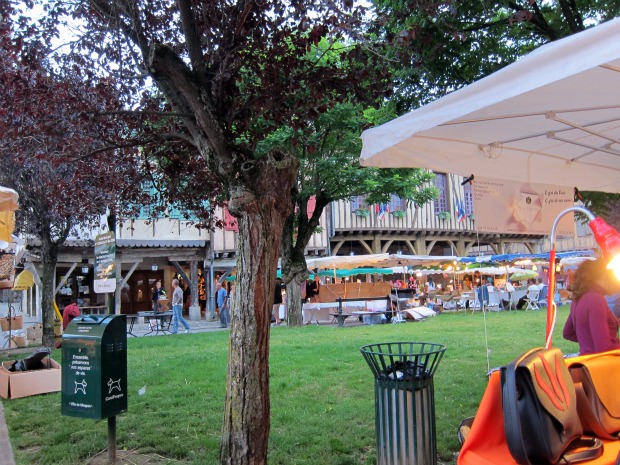
The Market Square
I think of being in the Midi-Pyrenées as like being in the Deep South, for two reasons: pork fat, and a thick accent. And both of those are meant to be sincere compliments. Mirepoix is a small medieval town in the heart of the region. There’s not much to it…a modern outer town that leads up to a casual fortress. We walked through a parting in the stone walls, and down a close little corridor-lane. Suddenly, the square was upon us. Leaning little plaster and beam houses, bordering a perfect square, laced up with swinging, hanging lights, brimming with stalls, dancing to a little four piece band that consisted of a washboard, a clarinet, a tuba, and a fiddle.

The Old Ad Vendor
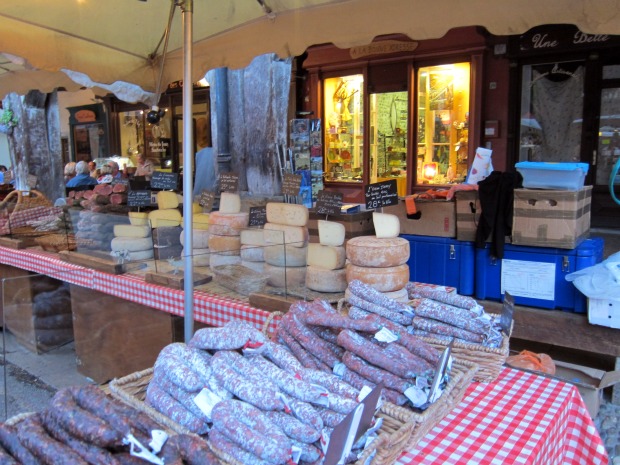
The Cheese and Sausage Vendor, with the best free sample policy ever
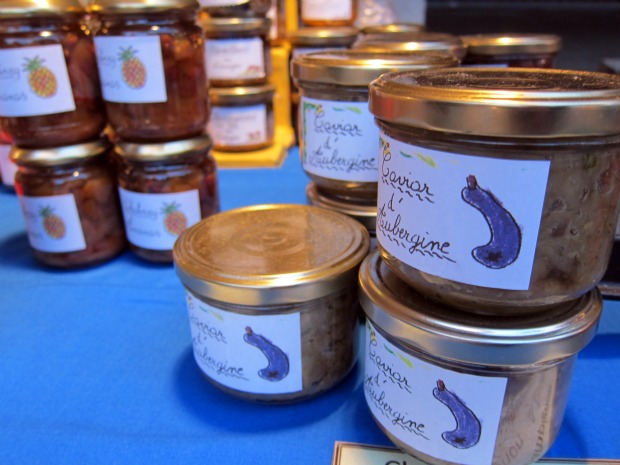
I spread some of this spicy eggplant dip on toasted baguette...delicious.
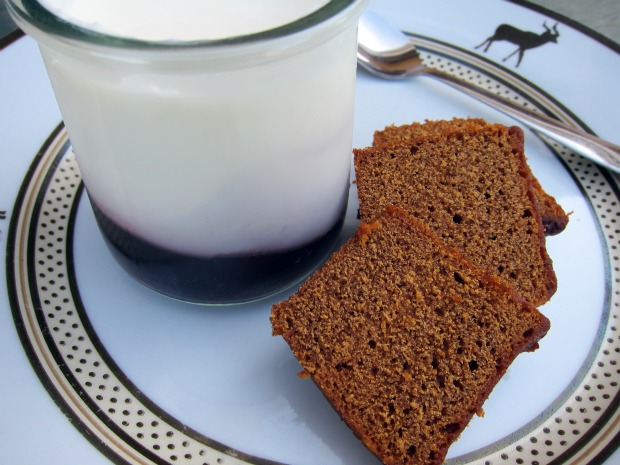
I had the pain d'épices for breakfast, with yogurt.
Somehow, although no one had a squire or a coat of arms, it was just as I pictured the Middle Ages. A bustling market and drunken jollity. We stopped at every stall. We tasted cured hams, coppa, rosette, Bayonne, smoked saucisson, until we were full. We bought some gorgeous and unidentifiable cheese. I bought a pain d’epice, or gingerbread loaf, that was made with exactly 50% honey. I stopped at an ad vendor, who sold black and white ads torn with precision from magazines from the 1910s to 1940s, for 5 Euros. I bought a fabulous pen-sketched Hermes ad from 1930, and have since framed it and hung it over my dresser.
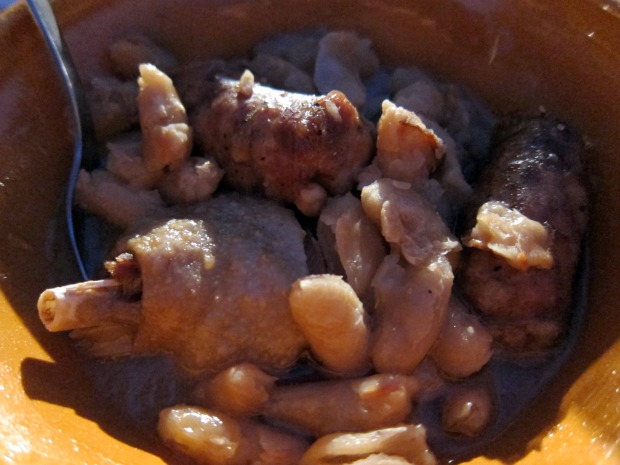
My first cassoulet...
The sun was setting as we took our seats at the outdoor café. I ordered the cassoulet, the one from a jar that I mentioned in this post. As I spooned beans and pork fat scrumptiously into my mouth, the band came over and tooted a tune, something I seemed to recognize, that swung around in my head like Cole Porter for the next week. The bulbs of the swinging lights winked overhead, my Hermes ad and pain d’epice nestled against my leg. And there was something to uncommonly special about this very common town. It was spirit, a desire to be out, and about, and part of everything, that kept the town alive, and lively, for literally a thousand years.
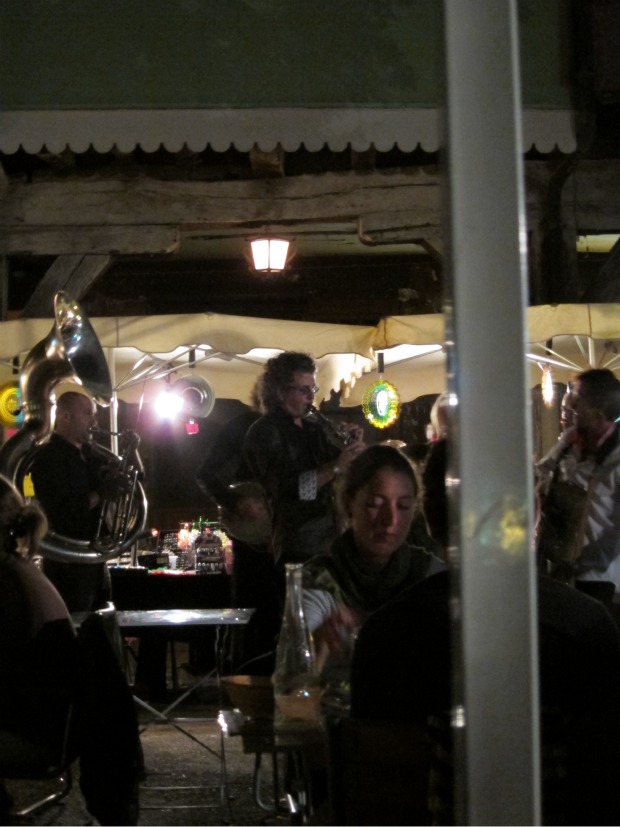
And the band played on...


